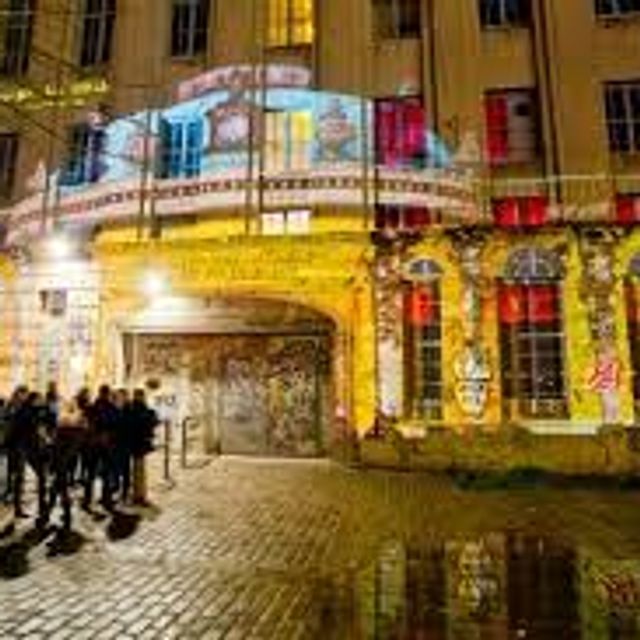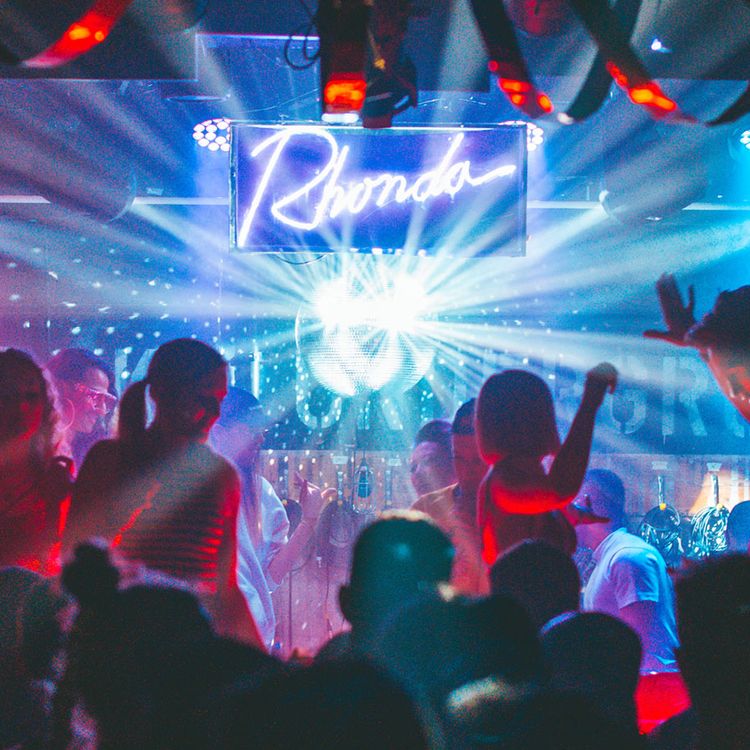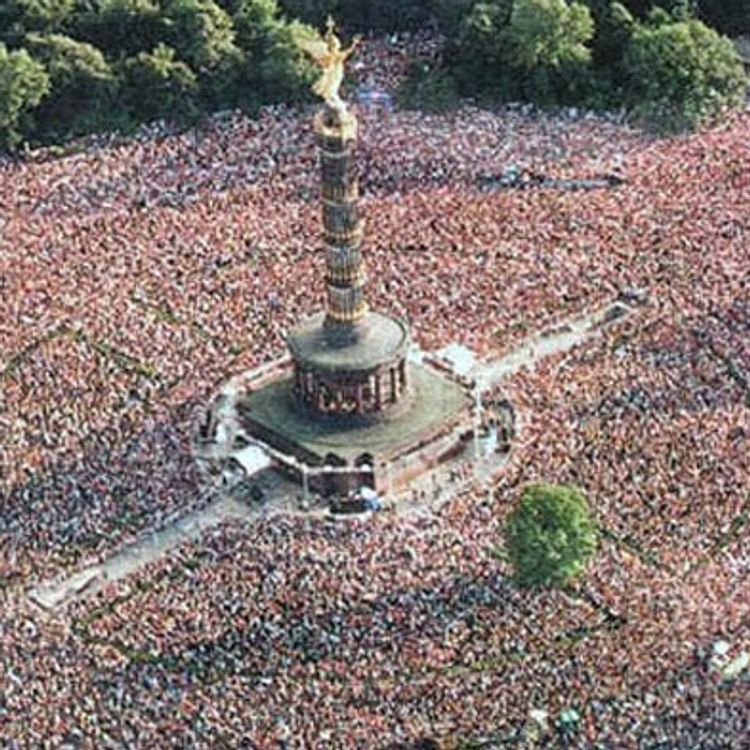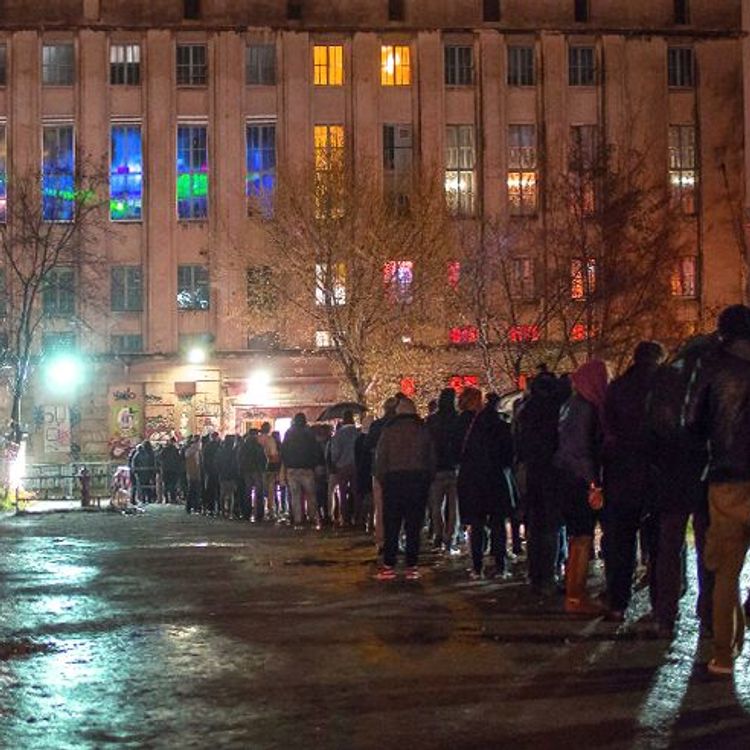
Berghain
Location
Venue History
Berghain's story begins long before opening its doors in 2004. Understanding its deep ties with Berlin's unique history is perhaps the key to understanding the reverence that the club itself inspires. The fall of the Berlin Wall in 1989 gave birth to a quasi-anarchic society. A product of political disorder and a cherished ideal of freedom, best represented by the vibrant nightlife community that swiftly emerged. Techno music was political, disestablishmentarian, and usually illegal, yet universally accessible through abandoned corporate buildings and warehouses. This was the tableau in which club promoters Michael Teufele and Norbert Thormann rose to fame. In the late 90s, they ran Snax, an infamous male-only fetish night with the tagline "for pervy men only," operating from various locations around Berlin as was typical of the city's underground nightlife scene. In 1998 the duo was offered a permanent location in Friedrichshain, formerly East Berlin. Once a train repair depot, the industrial lot gave way to Ostgut. Though Snax parties continued to run on the side, Ostgut was an inclusive space for men and women of any sexuality. A few years into its career, the club expanded, somewhat embodying the future Berghain blueprint. Rampant hedonism found a home in the club's dark nooks and crannies. Local talent was platformed, and DJs like Galluzzi and Dettmann began to build their careers. A new, upper section was opened to cater to house music fans, while another space dedicated solely to the sexual activities of gay men opened in the same club. Named Panorama Bar and Lab.oratory, respectively, these spaces still exist in Berghain. Yet, Berghain, as it exists today, was not physically in Ostgut's original location. Forced to give way to government construction projects, Ostgut closed its doors in 2003 with a party that revelers speak of to this day. Teufele and Thormann eventually established new roots in a disused power plant. They named the new club Berghain, a nod to the two districts the club sits between, Kreuzberg and Friedrichshain. In 2004, the club opened, commencing with the Panorama Bar and eventually expanding into the space it is known as today. The club's launch came at a crucial time for Berlin's techno scene: the early noughties saw many of Berlin's clubs closing their doors and attendance to the Love Parade, a notorious annual street techno festival, dwindling until it was eventually canceled in 2004 and 2005. Berghain's opening thus reignited the city's excitement for techno, recreating the adventure and anarchy of the 90s. Become a Gray Area member for access to exclusive perks! Sven Marquardt is a living, breathing constant throughout the club's history and undoubtedly its future. Becoming entrenched in Berlin's gay punk scene at an early age, the bouncer started working for Teufele and Thormann's Snax nights in the 90s and today mans the doors of Berghain. The heavily-tattooed man has become a living legend as a gatekeeper to Berghain. Yet, neither bouncer nor gatekeeper aptly describes his role. He is most accurately a selector and perhaps the most difficult to impress in the world. Countless guides to getting past his scrutiny exist: wear black, come alone, speak German. Marquardt denies a formulaic approach, instead suggesting that he attempts to create contrasts and excitement within the club's walls through the people he picks. Though the club intends to establish a place of expression and freedom for all, the door selection process gets heavily criticized for its unscripted subjectivity that leaves space for discrimination. The club came under public scrutiny in 2015 when Black DJ and producer, Felix Da Housecat, took to Twitter to complain of racism within the door selection process. The story is not a one-off and potentially mirrors Berlin's issues with racism and unintegrated migrant communities. Yet, as pressure on the club's policy mounts, so does its cultish aura of protection. One woman of color, who wished to remain anonymous, warns me of those who view Berghain as their "church." Photo Credit: Stefan Hoederath/Getty Images This is not to write the club itself off as a playground for the privileged: the vast majority speak of the institution as a surviving slice of Berlin's early anarchy and a meaningful place of expression. Oliver, 49, has been attending the club for 15 years. He tells me he would head to this "most hedonistic spot on earth" as an antidote to spending grueling days working in the world's most conservative societies. He speaks passionately about the club: "One of the definitions of happiness can be that moment on a Sunday morning, sometime between nine o'clock and midday, when you are standing at the bar with all hell breaking loose and the blinds open and the light shines on the vampire's faces." A surprising number of Berliners claim to have met their partners amidst the club's dark corners, reinforcing the idea that its hedonism still holds the same depths as its history. Post-lockdown, Berghain temporarily became an art exhibition. The club's reopening is almost symbolic of the return to freedom in its most liberated form. When doors finally reopened, hopeful revelers reportedly queued for up to eight hours only to be largely turned away. Berghain will weather many a storm as a powerful legacy of Berlin's nightlife. Let us hope it can continue to live up to its ideals of freedom and diversity as it attracts an ever greater crowd. Words by: Kiran Armanasco



